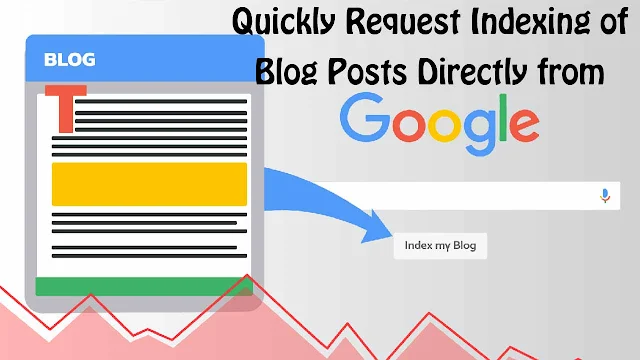How to Quickly Request Indexing of Blog Posts Directly from Google
Ensuring that your blog posts are quickly indexed by Google is crucial for visibility and organic traffic generation. When you publish new content, waiting for Google's crawler to naturally discover and index it can take time. However, you can expedite this process by directly requesting indexing through Google Search Console. Here’s a step-by-step guide to help you get your blog posts indexed faster:
1. **Set Up Google Search Console**
Before you can request indexing, you need to have your website verified in Google Search Console. If you haven’t done this yet, follow these steps:
- **Go to Google Search Console**: Navigate to [Google Search Console](https://search.google.com/search-console/).
- **Add Property**: Click on "Add Property" and enter your website URL. Follow the verification steps provided (HTML tag, HTML file upload, Google Analytics, or Google Tag Manager).
2. **Publish High-Quality Content**
Before requesting indexing, ensure your blog post meets the following criteria:
- **Quality Content**: The content should be valuable, informative, and relevant to your audience.
- **SEO Best Practices**: Optimize your post for SEO with proper use of keywords, headings, meta tags, and alt attributes for images.
- **Technical Optimization**: Ensure your website is mobile-friendly, loads quickly, and is accessible to search engine crawlers.
3. **Publish and Fetch as Google**
Once your post is live and meets the quality standards:
- **Log into Google Search Console**: Go to the property (website) where the blog post is published.
- **Access URL Inspection Tool**: In the left-hand menu, click on "URL Inspection" under the "Index" section.
- **Enter URL**: Enter the URL of the blog post you want to index and click "Enter".
- **Fetch and Render**: If the URL hasn’t been indexed before, click "Request Indexing". If it has been indexed but you've made significant updates, click "Fetch and Render" to reflect the changes.
4. **Monitor Indexing Status**
After requesting indexing, Google will process the request and crawl your URL. Here’s how to monitor the status:
- **Check Coverage Report**: In Google Search Console, navigate to "Coverage" under the "Index" section. This report will show you the indexing status of your URLs.
- **Review Indexing Errors**: Address any errors or issues that prevent Google from indexing your content.
5. **Additional Tips**
- **Sitemap Submission**: Ensure your website has a sitemap.xml file that includes all relevant URLs. Submit this sitemap to Google Search Console to help Google discover and index your content more efficiently.
- **Use Fetch and Render Sparingly**: Google limits the number of Fetch and Render requests you can make. Use it strategically for significant updates or new content.
6. **Patience and Persistence**
While requesting indexing through Google Search Console can expedite the process, indexing times can vary based on various factors such as crawl budget and content relevance. Be patient and continue to produce high-quality content consistently.
Conclusion
By following these steps and best practices, you can effectively request indexing of your blog posts directly from Google and improve your chances of quicker visibility in search results. Regularly monitor your Google Search Console for indexing updates and optimize your content to maximize its reach and impact. With persistence and attention to detail, you’ll enhance your blog’s search engine presence and drive more organic traffic over time.








No comments